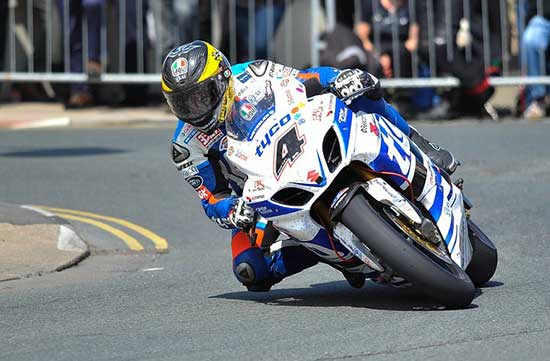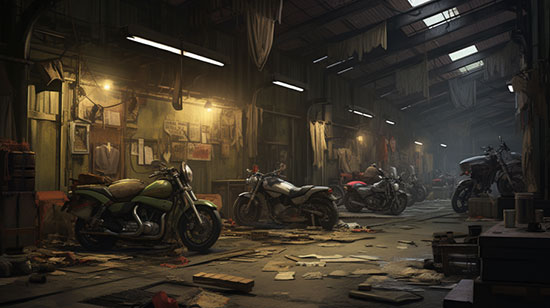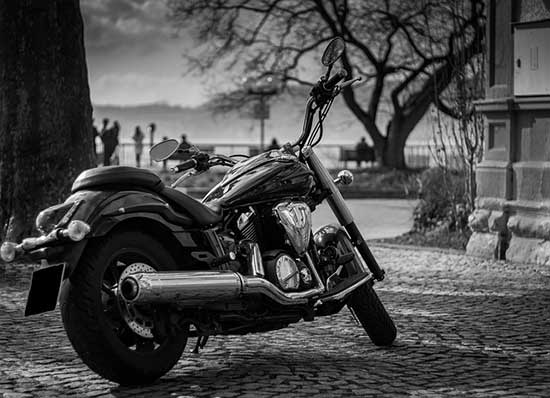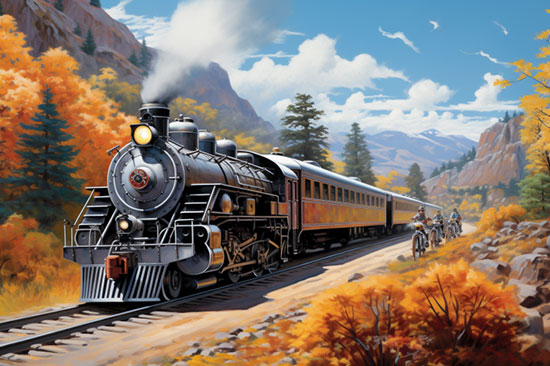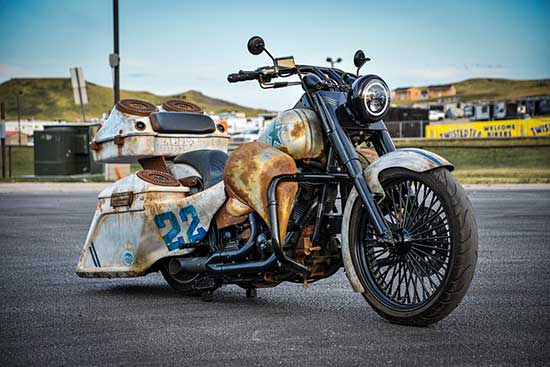Have you ever wondered what makes brands like Harley-Davidson not just survive but thrive in the fiercely competitive motorcycle industry? You’re not alone.
The secret sauce isn’t just about the machines themselves; it’s about how these brands manage to weave themselves into the very fabric of their customers’ identities. From heritage and identity to innovation and community engagement, there’s a multitude of factors at play.
But there’s more to it, and understanding these dynamics could change how you see these motorcycle giants. Let’s explore what truly drives brand loyalty and why it matters more than ever in today’s market landscape.
Contents
Heritage and Identity
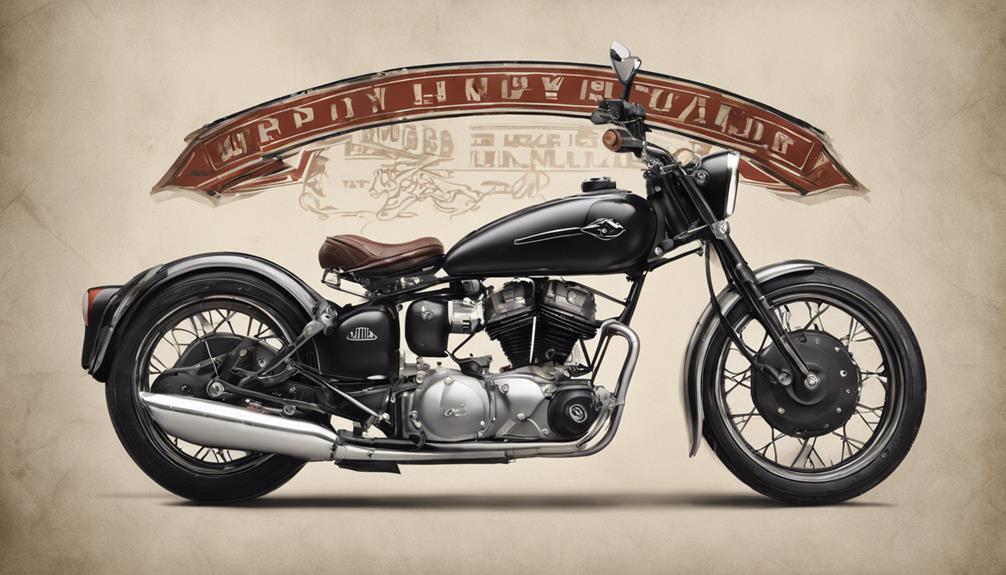
Harley-Davidson’s enduring brand loyalty stems from its rich heritage, dating back to 1903, which forges a deep-seated identity and authentic tradition among its enthusiasts.
This iconic motorcycle brand has masterfully leveraged its American heritage to create a powerful emotional connection with riders. The distinct design elements, including the recognizable V-twin engine, not only set Harley apart in the marketplace but also contribute to a unique brand identity that resonates deeply with its customer base.
Furthermore, Harley-Davidson’s commitment to American craftsmanship underscores a sense of national pride, further enhancing brand loyalty. By fostering a vibrant community through motorcycle clubs and events, Harley-Davidson ensures that its riders aren’t just purchasing a bike; they’re buying into a legacy that champions freedom, innovation, and camaraderie.
This strategic intertwining of heritage and identity is key to Harley’s sustained brand loyalty.
Quality and Reliability
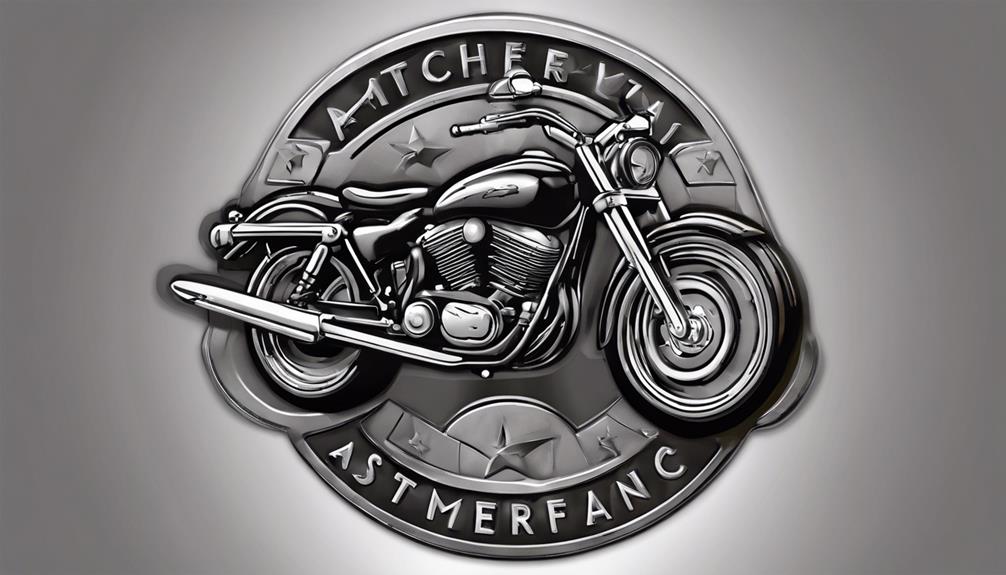
Focusing on the core aspects of quality and reliability, you’ll find these to be pivotal in fueling the growth of brand loyalty among motorcycle enthusiasts, particularly for a company like Harley-Davidson. Consider these crucial points:
- Harley-Davidson’s impressive 29.2% profit growth rate underscores the significant role of quality in enhancing brand loyalty.
- The reported net income of $166 million from $1.53 billion in sales demonstrates the trust customers have in Harley-Davidson’s product quality.
- A jump in worldwide sales from 55,000 units in 1989 to 118,000 showcases the reliability of these motorcycles in cementing a loyal customer base.
- Plans to expand production to 200,000 units by 2003 highlight the emphasis on sustaining quality alongside growth, ensuring the continued trust and loyalty of their customers.
Community Engagement
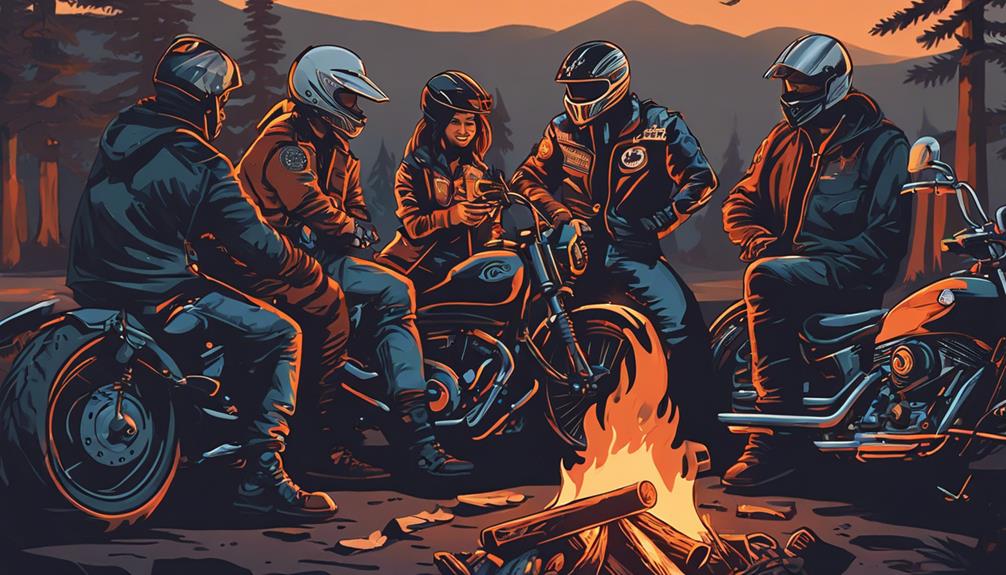
Building on the foundation of quality and reliability, community engagement has emerged as a key driver in strengthening brand loyalty for motorcycle giants like Harley-Davidson.
You’ll find that through minimal advertising expenditure, Harley-Davidson cleverly leveraged community events and outreach programs to foster a deep sense of belonging among enthusiasts. The Jumpstart and Garage Party initiatives are prime examples of how the brand engaged customers, creating strong customer connections without the need for hefty marketing budgets.
This strategic focus on community engagement not only solidified Harley-Davidson’s position in the market but also cultivated an enviable brand loyalty. By extending their product line and emphasizing customer outreach, Harley-Davidson has succeeded in attracting and retaining both old and new customers, showcasing the undeniable power of community in driving brand loyalty.
Innovation and Evolution
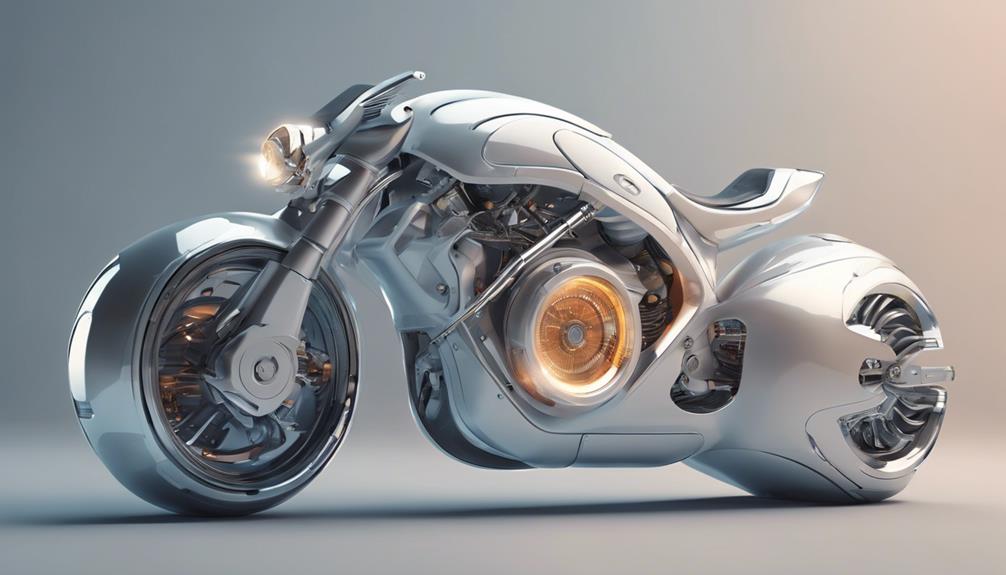
In the fiercely competitive motorcycle industry, innovation and evolution have become critical pillars for brands aiming to maintain and grow their loyalty base. Harley-Davidson leads the charge through initiatives like the Livewire electric motorcycle and bespoke customization programs.
- Launching sleek, fuel-efficient motorcycles specifically designed for urban riders.
- Developing the Livewire, an electric motorcycle prototype, showcasing their commitment to innovation.
- Offering customization programs that allow riders to personalize their bikes, deepening their brand loyalty.
- Achieving increased sales and net income growth, particularly among younger riders, by continuously evolving their product line.
These strategies have positioned Harley-Davidson as a market leader, proving that innovation and evolution are key to fueling brand loyalty and driving sales in today’s motorcycle market.
Emotional Connection
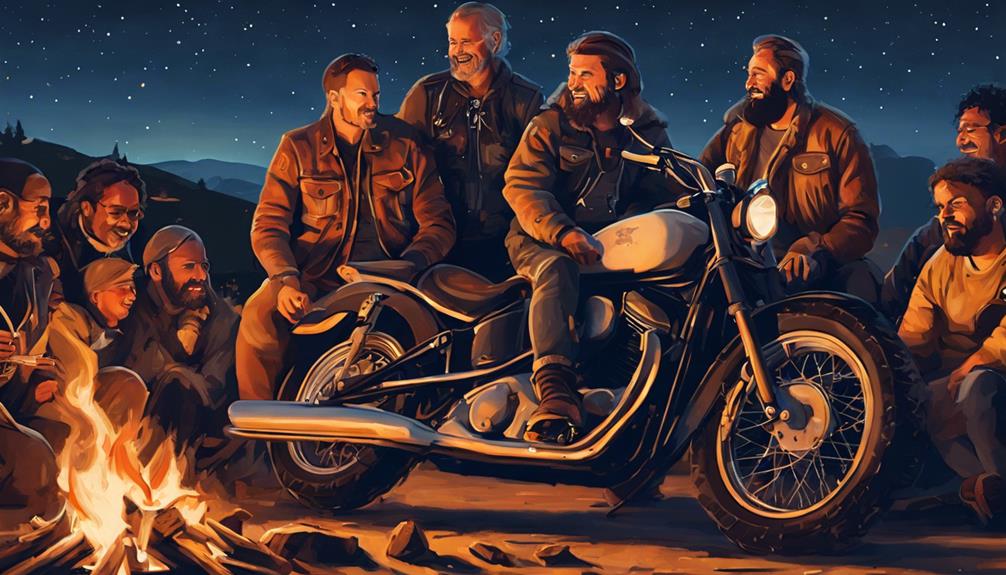
Beyond innovation and evolution in product design, Harley-Davidson harnesses the power of emotional connections to amplify customer loyalty and engagement.
| Strategy | Effect | Outcome |
|---|---|---|
| Engaging Storytelling | Creates emotional bonds | Enhanced brand loyalty |
| Shared Experiences | Fosters a sense of belonging | Stronger brand community |
| Personalized Interactions | Deepens emotional connection | Increased customer engagement |
| Heritage Resonance | Instills brand identity | Heightened sense of belonging |
| Emotional Branding | Evokes nostalgia and passion | Drives loyalty growth |
Harley-Davidson’s approach intertwines the brand’s heritage with personalized storytelling, making each interaction not just a transaction but a chapter in a shared epic. This emotional resonance fosters a unique brand community, where emotional bonds translate into unwavering brand loyalty, setting a benchmark for the motorcycle industry.
Conclusion
In conclusion, brand loyalty in motorcycle behemoths like Harley-Davidson thrives on a blend of heritage, identity, unwavering quality, and reliable performance.
Your engagement in vibrant communities, alongside continuous innovation and evolution of products, cements your bond with the brand.
It’s this emotional connection, rooted in shared values and experiences, that not only attracts but also retains a diverse customer base, driving unparalleled loyalty and securing the brand’s legacy in the competitive motorcycle industry.

